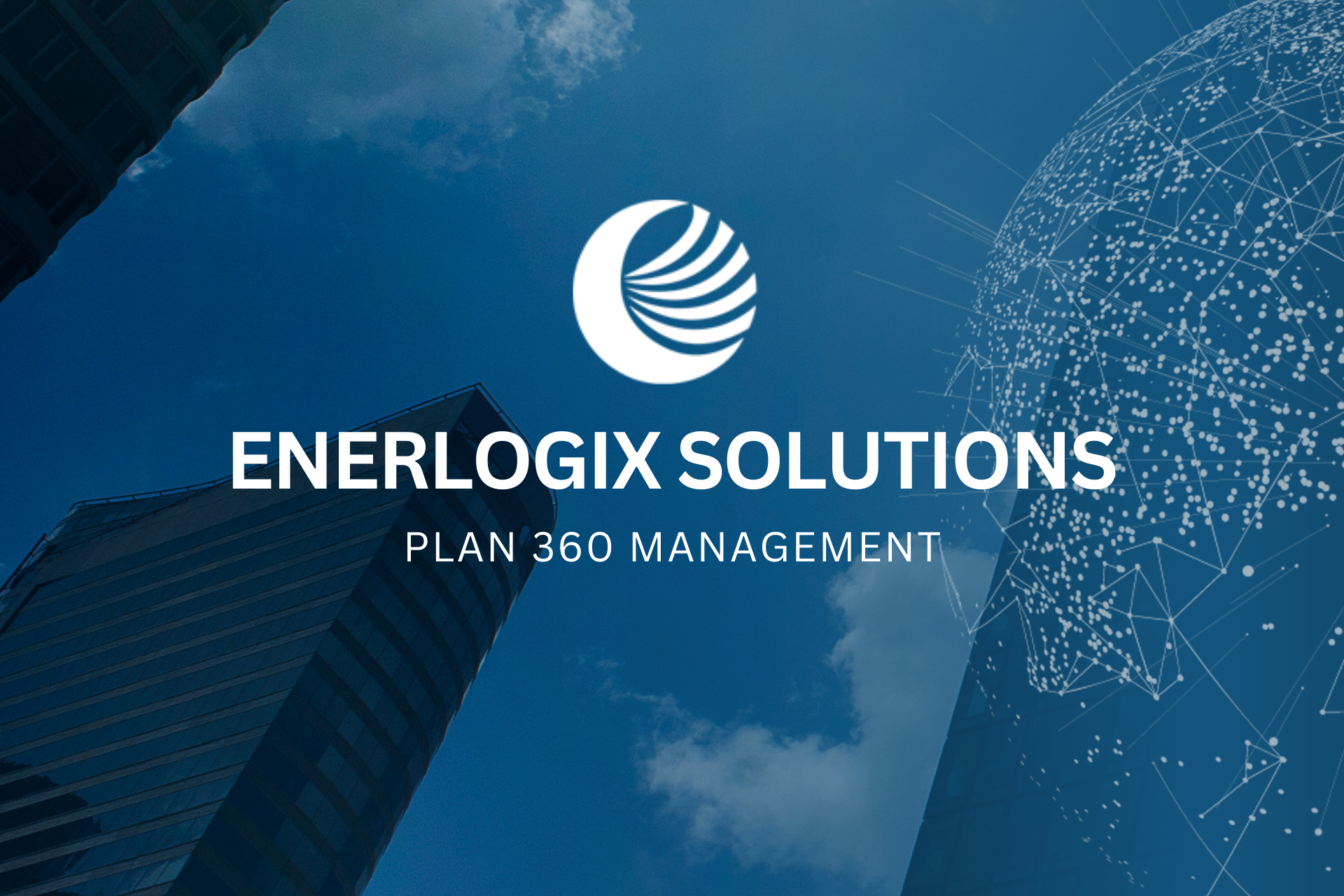What is Liquefied Petroleum Gas: Introduction to Liquefied Petroleum Gas (LPG)
8 de octubre de 2024
Enerlogix-Solutions
The Complete Guide to Liquefied Petroleum Gas: Properties, Production & Environmental Impact
Introduction to LPG Technology
Liquefied Petroleum Gas, commonly known as LPG, is a versatile and efficient mixture of hydrocarbon gases—primarily propane and butane—that serves as a crucial energy source across multiple sectors. Extracted during natural gas processing and petroleum refining, LPG is stored under pressure in liquid form, making it easy to transport and store while offering high energy density. Its clean-burning properties, portability, and adaptability have made it an indispensable fuel for domestic cooking and heating, industrial processes, agricultural applications, and even transportation.
But what exactly is LPG, and why does it play such a vital role in modern energy systems? Unlike traditional solid or liquid fuels, LPG produces fewer emissions, reducing its environmental impact while delivering reliable performance. From powering household stoves to fueling forklifts and autogas vehicles, its diverse applications highlight its significance in both developed and developing economies. As the world shifts toward more sustainable energy solutions, LPG continues to bridge the gap between conventional fossil fuels and renewable alternatives, ensuring energy accessibility, efficiency, and reduced carbon footprints.
In this article, we will explore the composition, production, uses, and future prospects of LPG, shedding light on why it remains a cornerstone of global energy consumption.
History
The history of these liquefied petroleum gases dates back to 1910 when Dr. Walter Snelling discovered that certain gases could be condensed into liquid form. This breakthrough enabled practical storage and transportation of what we now know as LPG.
Chemical Composition and Physical Properties
LPG's unique characteristics stem from its molecular structure:
- Vapour pressure: ~8 bar at 21°C (varies by propane/butane ratio)
- Carbon dioxide output: 1.5kg CO₂ per liter combusted (15% less than gasoline)
- Particulate matter emissions: Negligible compared to diesel (0.01g/km vs 0.5g/km)
The vapour pressure of LPG makes it ideal for storage and transportation - a 20L cylinder holds enough LPG vapour to supply a typical household for weeks.
Global Production and Processing
Modern LPG production involves sophisticated refining techniques:
- Natural gas processing removes LPG from methane streams
- Crude oil refining extracts additional LPG fractions
- Fractionation separates propane (C3H8) from butane (C4H10)
Worldwide, LPG production exceeds 300 million metric tons annually, with growing capacity to meet demand for cleaner alternatives to traditional transportation fuels.
Environmental Advantages in Energy Transition
LPG fueled systems offer tangible environmental benefits:
- 20% reduction in greenhouse gases versus gasoline
- 90% lower nitrogen oxide emissions than diesel
- Near-zero particulate matter emissions

Compared to fuels formed over millions of years like coal and crude oil, LPG provides:
- Immediate air quality improvements
- 30% less carbon dioxide per energy unit
- Compatibility with renewable energy systems
Diverse Applications Across Sectors
Residential:
- Clean-burning alternative to wood/coal stoves
- Reduces indoor air pollution by eliminating particulate matter
Industrial:
- Preferred fuel for processes requiring precise temperature control
- LPG vapour systems enable cleaner metal processing
Transportation:
- Over 27 million LPG fueled vehicles worldwide
- Autogas reduces urban air pollution with 50% fewer NOx emissions
Safety and Future Developments
Modern LPG systems incorporate:
- Vapour pressure regulators for safe delivery
- Odorants for leak detection
- Thermal protection valves
The future of LPG includes:
- Bio-LPG from renewable sources
- Hybrid systems with solar/wind
- Advanced combustion technologies to further reduce carbon dioxide output
Conclusion: The Clean Transition Fuel
As the world seeks to balance energy needs with environmental responsibility, LPG stands out as:
- A immediately available solution to reduce air pollution
- A versatile fuel with applications from cooking to transportation
- A bridge between fossil fuels and renewable energy systems
With its favorable vapour pressure characteristics, minimal particulate matter emissions, and decreasing carbon footprint, LPG will continue playing a vital role in global energy systems for decades to come - a remarkable achievement for a fuel whose origins trace back millions of years.
What is LPG?
LPG, or Liquefied Petroleum Gas, is a mixture of hydrocarbon gases, primarily propane and butane, used as fuel in domestic, industrial, and transportation applications.
How is LPG produced?
LPG is produced as a byproduct of natural gas processing and petroleum refining. The gases are separated and liquefied for easier storage and transportation.
What are the main uses of LPG?
LPG is used for cooking and heating in homes, industrial processes like metallurgy, and as an alternative fuel in vehicles.
What are the environmental benefits of LPG?
LPG produces fewer emissions compared to gasoline and diesel, reducing its environmental impact and helping lower the carbon footprint.
Is LPG safe to use?
Yes, but it requires careful handling. Safety precautions include storing LPG in ventilated areas and ensuring that cylinders are securely fastened during transportation.

En Enerlogix, nos esforzamos por ofrecer servicios para una administración energética sin tantas complicaciones. Es por eso que desarrollamos el Plan 360 — un plan integral que simplifica la experiencia a través de nuestro conocimiento como pioneros en el Mercado Eléctrico Mayorista (MEM) en México.
MONTERREY
Av Lázaro Cárdenas 506, Antigua Hacienda San Agustín, 64752 Monterrey, N.L., Mexico
Tel Oficina: 8110608884
MEXICO CITY
Paseo de la Reforma 180, Piso 14 Colonia Juárez, Del. Cuauhtémoc Ciudad de México, C.P. 06600
Tel Oficina:
8110608884



